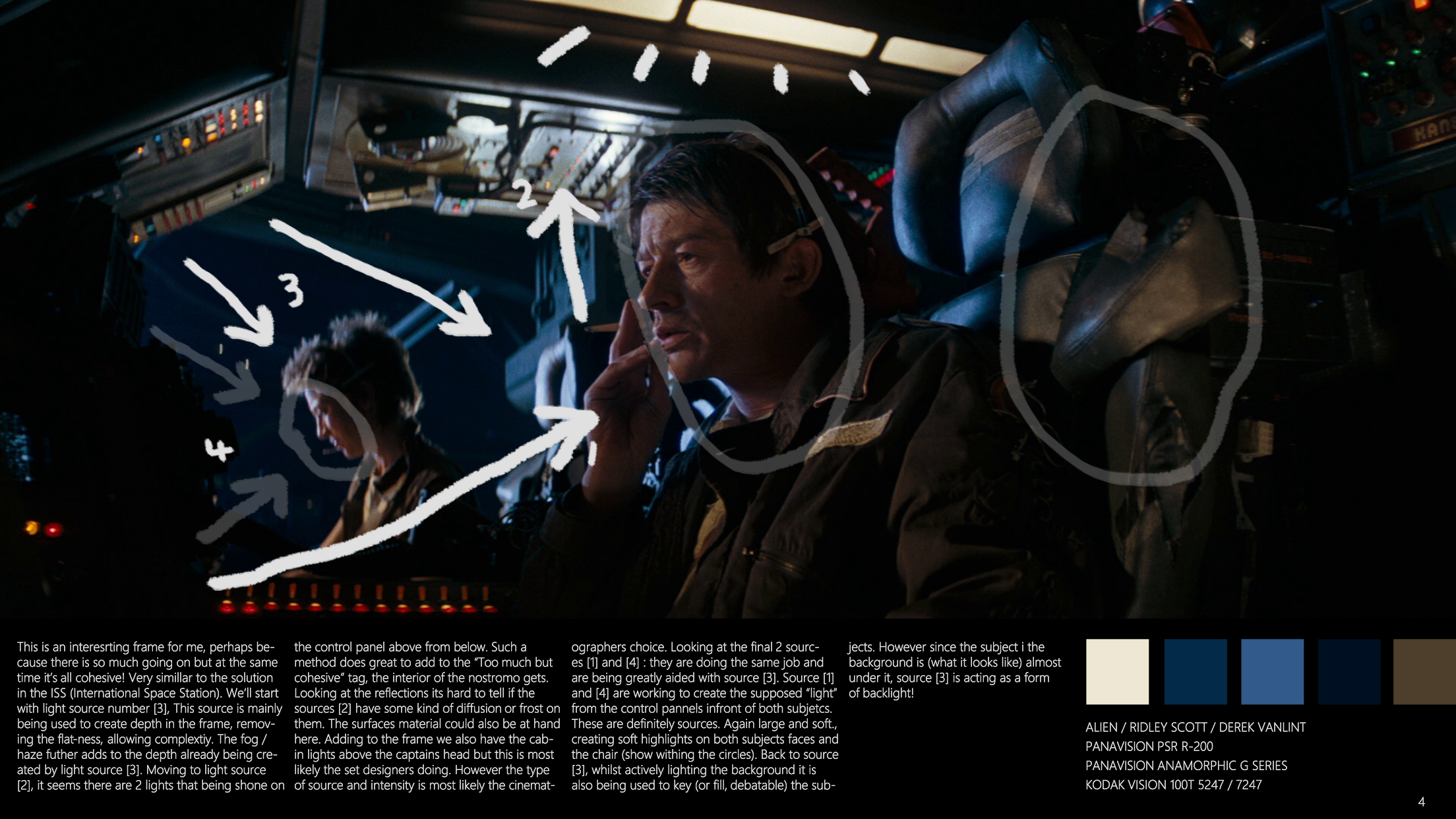In my spare time I've been working on something small, a cinematography study book, which I'll document all my favourite scenes, frames, camera movements, motivation, blocking and many more! Inspired by Matt Workman's breakdowns, (@cinematographydb go check him out!)
I decided to compile my favourite scenes from movies that I love, with annotations, a mini colour palette (inspired by @colorpalette.cinema definitely check them out!) and some technical info to boot. By no means am I the authority by which these scenes were lit. But it's a great way for me to visually break scenes down as well as write my thoughts. After I compile about 30 movies or so, I plan on releasing the book a long with a refined template so that everyone can put down their own annotations etc. I'll drop these sometime on the near future. So pretty much soon™ Thanks!









